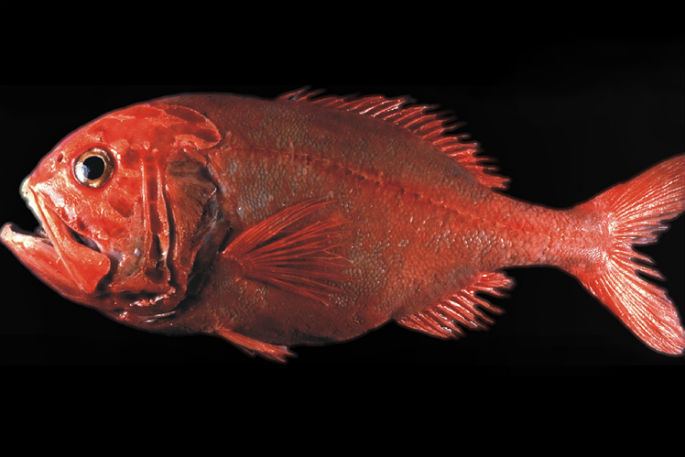The 1980s saw a gold rush on the high seas where New Zealand's orange roughy fishery was so lucrative, it bankrolled the development of the New Zealand seafood industry.
'So much roughy was being caught, that vessels were sunk in the process,” says Tim Pankhurst, the author of Roughy on the Rise, which tells the story of the cowboys and characters who rode the boom, many of whom are now the mainstay of the conservation of the fisheries.
'It is a remarkable journey from excess to redemption.”
The turnaround of the orange roughy fishery long hailed as an example of over fishing is detailed in the book, launched earlier this month.
Tim, is a former editor of the Dominion Post and now Chief Executive of the fishing industry's peak body, Seafood New Zealand.
Roghy on the Rise tells the story of the decline of the stocks by over fishing in the 1980s to the fisheries management that, last year, saw the fishery gain the global gold standard of sustainability by the Marine Stewardship Council (MSC).
'I agreed to write the story on condition it was a no-holds-barred account of this vital part of New Zealand's maritime history,” says Tim.
The return of orange roughy to a sustainable fishery has taken two decades of dedicated work by the industry, says chief executive of deepwater group, George Clement.
'It has been a long and challenging process. In the late 1990s it was clear that we needed to start from scratch as we attempted to gain reliable, scientific data on the roughy stocks to establish the sustainable yields and to put in place a management system that allowed the stocks to rebuild in size.
'During the eighties, we were taking 54,000 tonnes of roughy at the peak – today the total allowable commercial catch (TACC) is 8700 tonnes, and 6000 tonnes of that is from MSC certified fisheries. The difference is a solid industry commitment to sustainable fishing.
'We're proud of what we have done. The direct investment in science and innovation by industry to ensure the orange roughy fisheries are sustainable is around $35 million since 2000. The industry's long-term commitment to sustainable harvest has resulted in 75 percent of the catch from New Zealand's deep water fisheries now certified as being amongst the most sustainable fisheries in the world, as proven by meeting the MSC standard. I challenge you to find another country in the world that is doing better than that. That's the sustainable tick to more than 50 percent of our total New Zealand catch by volume,” says George.
Patrick Caleo, the Asia Pacific Director for MSC said New Zealand¹s three fisheries were the first orange roughy fisheries in the world to gain MSC certification.
Certification requires fisheries to meet a high bar of sustainability, but also incentivises improvements where needed.
The management approach includes ongoing surveys, regular stock assessments, and regular evaluation of catch levels.
'Consumers can be confident that orange roughy caught by the certified fishery, and sold with the blue MSC label, comes from a well-managed and sustainable source,” says Patrick.
Orange roughy joins New Zealand's fisheries for hake, ling, hoki, southern blue whiting, and albacore tuna as being MSC certified as sustainable.
MSC, headquartered in London and with offices around the world, works with scientists, fisheries, seafood producers and seafood brands to safeguard future global seafood supplies through sustainable fishing.
Its programme is science based and meets best practice guidelines set by the United Nations Food and Agriculture Organisation and the International Social and Environmental Accreditation and Labelling Alliance.
Its standards were developed in consultation with scientists, NGOs and industry partners, and information on every step of every fishery assessment is available on its website.



0 comments
Leave a Comment
You must be logged in to make a comment.